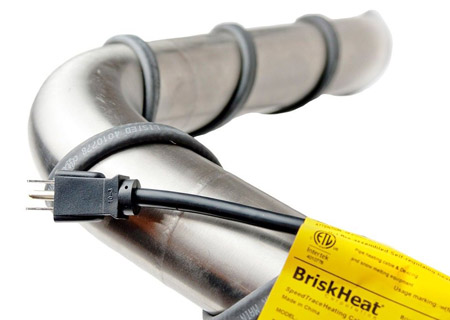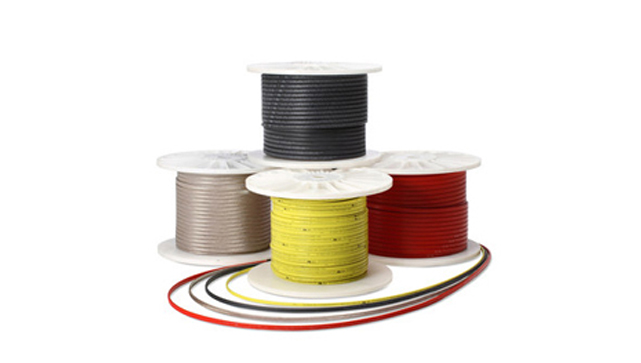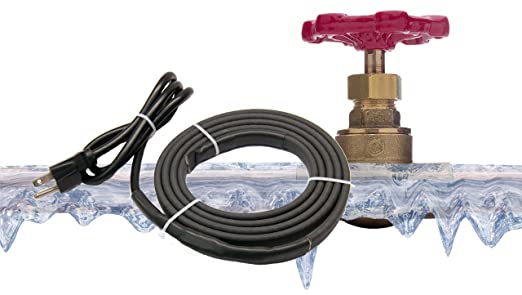Common Types of Heat Trace

Whether you buy a premade solution or create a custom option, you will need to start by choosing a type of heat trace. Most will fall into broad classes of either fluid or electric heat. Common types of heat trace include:
- Electric Resistance Heat-Tracing: Most industrial applications rely on electric heat tracing because of its accurate temperature control, cost-effectiveness and ease of installation. Some common systems that fall under this header include self-regulating heaters, insulated cable heaters and zone heaters.
- Fluid Heat Tracing: The most common and cost-effective type of fluid heat tracing is steam. The downside to using this is that steam systems can leak and tend to create excess heat with limited temperature control. Circulating media provides better temperature control, but it is also the most expensive option on the market.
- Impedance Heat Tracing: This type of heat trace system focuses on making the actual piping the source of heat, instead of adding equipment. It accomplishes this by creating a resistance to current flow. While it is a tidy solution, it can also be very expensive.
- Skin Effect Tracing: This is a complex way of heating long pipelines and is only cost-effective for those applications. Once the project falls below 5,000 feet, the cost is no longer worth it. That said, it does an excellent job of maintaining temperatures and repairs are fairly easy to complete.
- Induction Heating: Induction heating relies on the use of metallic pipelines and alternating-current magnetic fields to generate heat. It can be useful for generating very high temperatures, but for the most part, it is expensive.

Chromalox Heat Trace
- This Chromalox heat trace device provides freeze protection for commercial applications. It also assists with flow maintenance, gutter de-icing, first heave prevention and floor warming. It operates at five different power capacities that range from 3 watts per foot to 15 watts per foot. This system uses 16 gauge copper bus wires and is available in either a 120V or 208-277V option.

SpeedTrace
SpeedTrace requires zero assembly, so you can start using it immediately.
- The only additional part required is adhesive tape to fix it to the structure you want to heat.
- It uses ambient and surface temperatures to regulate its own temperature.
- It uses 16 gauge bus wires and can withstand temperatures as high as 150°F (65°C) and as low as -40°F (-40°C).
Add-On Options
Self-regulating heat trace cables take the guesswork out of freeze protection for your home, workplace, or organization. Consider some of the compatible add-on options we offer to expand or improve your heat trace system including foam insulation and thermo-controlled outlets.
At Hi-Watt Inc., we specialize in industrial heaters and are dedicated to providing the highest quality heaters, temperature controllers, and custom solutions to our clients. Contact us today for more details.
Speak with an expert
Over last 8 years we have addressed 95% of inside sales quoting requests within 3 hours.
